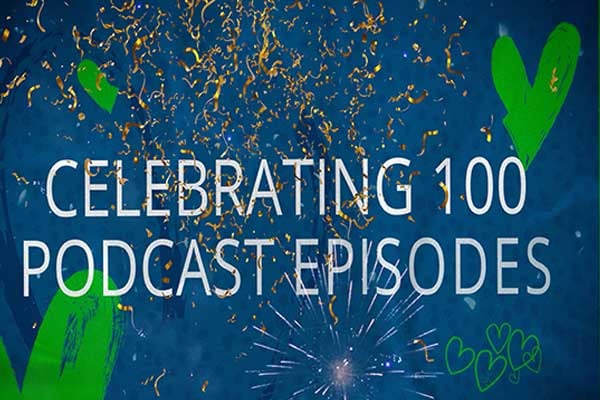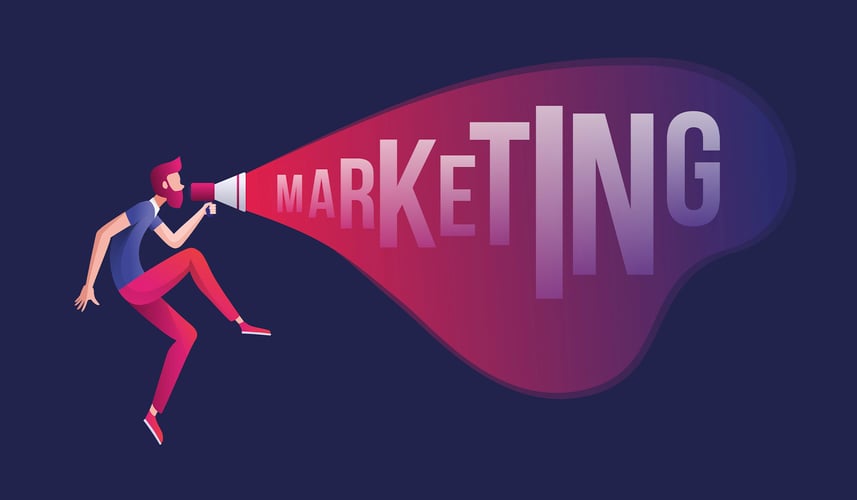Google's Holiday Strategy: What it means for your credit union or bank


Don't Miss An Episode, Subscribe Now
Google recently shared that 42% of consumers started holiday shopping earlier in 2020 than they had in prior years.* Before you jump to any conclusions about how the pandemic and quarantine may have affected those numbers to create an abnormal statistic, an August 2021 survey found that nearly one-third of people (31%) have already started holiday shopping for the 2021 holiday season!*
What does this mean for your credit union or bank? A lot! Below are the three rules from inside Google Marketing's holiday retail strategy and what they mean for your financial institution.
The first rule inside Google Marketing's holiday retail strategy is to be ready for an earlier holiday season and be present throughout the shopping process.*
Get Your Holiday Credit Card Campaign In Motion Now
In fact, yesterday would have been even better! We often get requests near the end of October about starting a holiday credit card campaign for a November launch but we recommend beginning development during the end of September into the beginning of October for a late October rollout.
It might seem early, but with 1/3 of holiday shoppers already making purchases, it's the perfect time to be in market with your promotion. You can capitalize on the fact that many people like the feeling of being ahead as evident by their frequent boasting that they've already started making progress on their shopping list. Your credit card can fit into that sense of accomplishment.

With 2020 Black Friday sales totaling $9 billion and Cyber Monday totaling $10.8 billion* you want to make sure your card is in the hands of your members and that they have activated it and are comfortable using it in advance of those prime shopping days.
To be present throughout the shopping progress, we encourage you to consider timely courtesy calls to customers who have gotten your credit card to help them activate it and show them where to find their transaction and payment information online or in your app. Make sure they're confident in picking your credit card out of their wallet first.
The BEST On-Demand Courses for Financial Institution Marketers are here! See them in FIGROWTH Academy.
The second rule for Google Marketing's holiday retail strategy is to measure your total sales while enabling people to buy online and in-store.*
Your Digital Branch is Key to Sales Success
You may be thinking that the second rule doesn't apply to you because you're not selling retail products as holiday presents, but it applies to your credit union or bank now more than ever.
People expect to be able to get a credit card or open a savings account for their child on your website just as easily as they could buy a toy on someone else's website. Your digital branch is more crucial than it's ever been in the success and growth of your financial institution.
So what do you do if you don't have the ability to offer your products completely online? What if your online application is cumbersome and doesn't provide a great experience, resulting in a high abandonment rate?
Consider this. In 2020 purchases made online that were picked up curbside increased by 52% during the pandemic.* While that was out of necessity, people do enjoy the time-savings and convenience by comparison to doing everything in a brick and mortar location.
Explore how you can obtain enough information online through your digital branch, with as few hurdles as possible to create a great experience, even if the customer has to stop by a branch for the final signature or to pick up a check. The idea of curbside service is now considered a normal consumer transaction, and Google has stated "Brick-and-mortar shopping isn’t dead, and people increasingly want the options of online, in-store, or even hybrid buying"*.

The third rule for Google Marketing's holiday retail strategy is to apply automation to respond in real-time to changes in behaviors and trends.*
Launch Your Paid Ad Strategy ASAP
Google is recommending taking advantage of Smart Bidding technology that will react quickly to changing consumer behaviors and sales trends. It automatically adjusts bids for your Google Pay-Per-Click (PPC) ads in real-time based on the predicted likelihood of a conversion.
FI GROW's Digital Ads Manager Ida Burr recommends running all paid ads campaigns for a minimum of eight (8) weeks to allow the algorithms to learn and adjust for full optimization of your campaign. Ideally, the best time to launch your paid ad campaign for the holiday season is the beginning of October so that it's fully optimized heading into the busiest part of the holiday season.
Ida also offers these tips for setting up and running your ads “Credit card and loan products are big this time of year. People are looking for low rates to help fund their holiday spending. Make sure your ads highlight your rate and terms. Also, if you have other products like auto loans that allow you to skip payments I would highlight that as a way to put more money in your customer’s pocket for the holidays. Always review the landing page to make sure your ads match and the conversion on the page is very clear.“
With regards to Smart Bidding, Ida says "We set up conversion tracking through GTM (Google Tag Manager) and use the bid strategy Maximize Conversions or Target CPA (Cost-per-action). Since banks and credit unions do not sell things like eCommerce sites, this is a great option when it is hard to tie an exact value to each conversion.”

While you may feel as though marketing for holiday shopping before Halloween is a faux pas, it's when consumers are ready to hear your message. Capitalize on consumers' desire to be 'ahead of the curve' and be part of their feelings of accomplishment by helping them get the best card for shopping as early as possible.




Blog comments